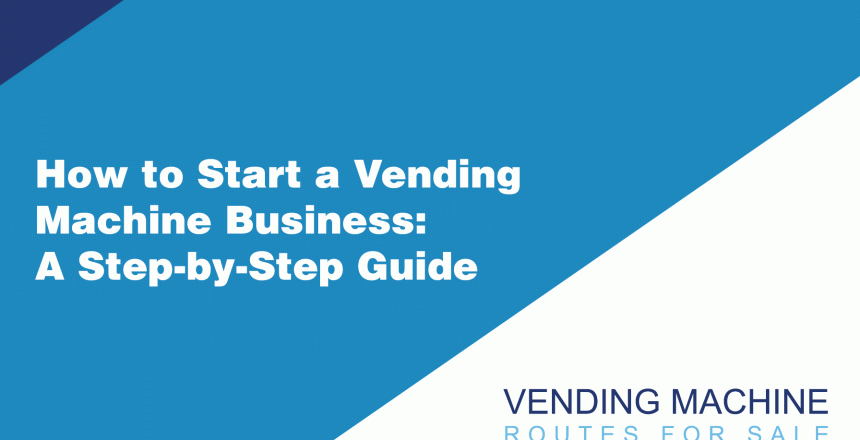Introduction
If you’re wondering how to start a vending machine business, you’re embarking on a journey into one of the most accessible and flexible entrepreneurial opportunities. A vending machine business can be lucrative and offers the flexibility of scaling according to your goals and resources. Here’s a detailed guide to help you navigate the process.
Step 1: Market Research and Concept Development
- Identify Your Niche: Determine what type of vending machines you want to operate (snacks, drinks, combo machines, etc.) and the specific market needs.
- Conduct Market Research: Analyze potential locations, understand your target audience, and study competitors. This will help validate your business concept and shape your strategy.
Step 2: Crafting a Business Plan
- Blueprint for Success: Outline your business goals, operational plan, budget, and revenue projections in your business plan.
- Financing Strategy: Include how you plan to finance your venture – savings, loans, or investors.
Step 3: Selecting the Right Business Structure
- Legal Entity: Decide on a structure (sole proprietorship, LLC, etc.) that suits your business. This impacts your taxes, liability, and registration process.
- Professional Consultation: Seeking advice from a lawyer or accountant can be beneficial for making the right choice.
Step 4: Registering Your Business and Obtaining Licenses
- Business Name Registration: Register your vending machine business with local or state authorities.
- Licenses and Permits: Depending on your location, you might need specific permits, especially if you’re selling food items.
Step 5: Finance Management
- Business Bank Account: Open an account dedicated to your business finances.
- Accounting System: Implement a system to manage your finances, track sales, and handle taxes effectively.
Step 6: Develop a Marketing Strategy
- Branding: Create a brand identity for your vending machine business. This includes logo, design, and overall aesthetic.
- Marketing Plan: Develop marketing strategies to attract locations and customers. Consider both online and offline methods to enhance your visibility.
Step 7: Procuring Your Vending Machines
- Purchasing or Leasing: Decide whether to buy or lease vending machines. Consider factors like budget, maintenance, and machine types.
- Machine Placement: Secure agreements with location owners where you’ll place your vending machines. Locations like schools, offices, or malls are ideal.
Step 8: Stocking and Operating Your Machines
- Inventory Management: Choose products that cater to your target audience and regularly restock your machines.
- Maintenance: Regularly service your machines to ensure they are operational and presentable.
Step 9: Launching Your Business
- Set a Launch Date: Plan a launch strategy, which could include promotional offers or events.
- Adapt and Grow: After launching, monitor your business’s performance and be ready to adapt your strategy based on customer feedback and sales data.
Conclusion
Understanding how to start a vending machine business involves careful planning, market research, and strategic operations. With the right approach, a vending machine business can be a profitable and enjoyable venture. Remember, success in this business is about finding the right locations, managing your inventory effectively, and maintaining good relationships with location owners.
